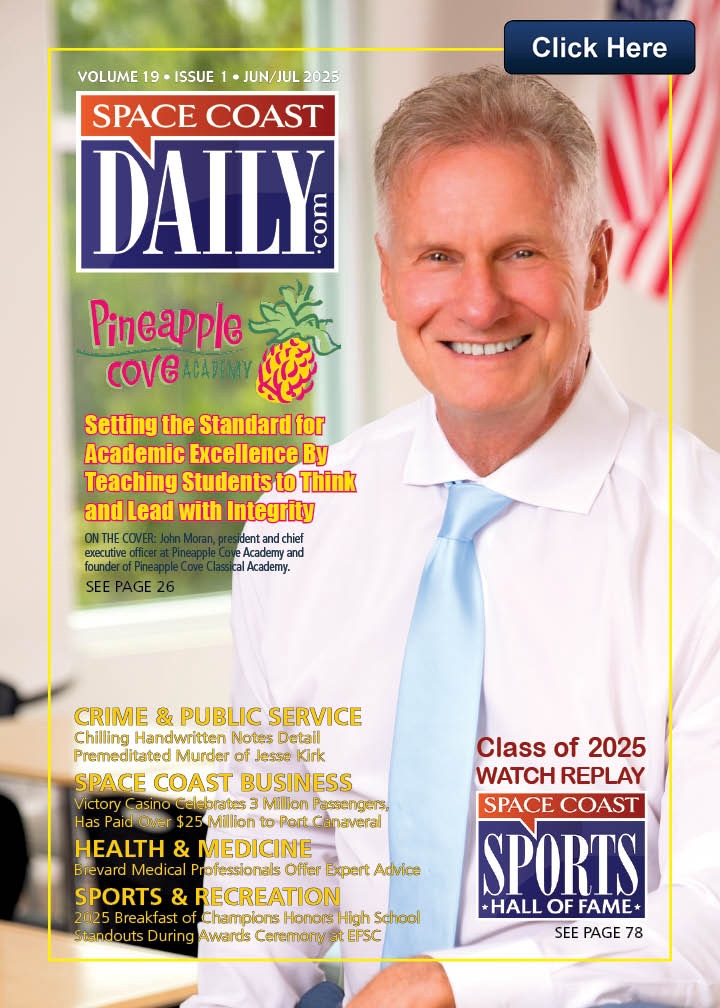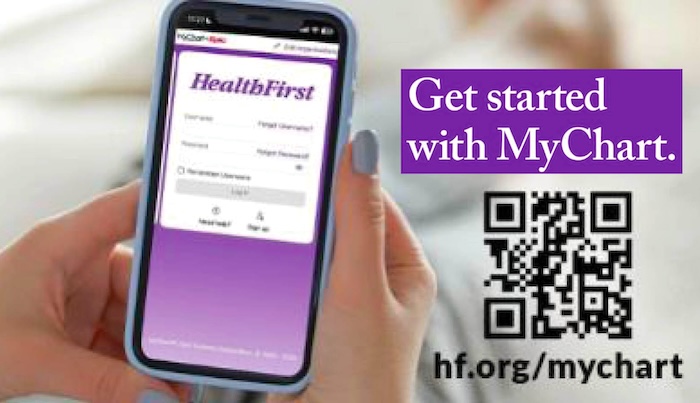The Rise of the Flexible Credit Line: A Smarter Way to Borrow in 2025
By Space Coast Daily // June 19, 2025

As inflation stretches monthly budgets and traditional loans become harder to source and manage, many Americans are turning to new borrowing models that offer more adaptability. One of the solutions gaining traction in 2025 is the flexible credit line, a modern financial tool designed to work with your personal cash flow rather than against it.
Unlike fixed loans or high-interest credit cards, these credit lines prioritize control, transparency, and personalized repayment options. They’re not just an innovation, they’re a response to growing demand for smarter, safer borrowing.
Why Traditional Credit Structures Are No Longer Enough
Credit cards and personal loans have been the default borrowing option for decades, but today, consumers want something more, and traditional financial systems are simply not delivering. Many consumers have found themselves stuck in cycles of revolving debt, where interest accumulates faster than they can pay it down.
The Problem With One-Size-Fits-All Lending
A fixed-term loan assumes that your financial life is predictable. But many people have an income that’s not exactly the same every month. If you work as a freelancer, run a side hustle, or even rely on commission, that inflexible payment schedule becomes a liability. You still owe that monthly installment even if your income dips unexpectedly.
The situation worsens when credit cards become the fallback. Although they offer minimum payment options, the long-term interest burden and lack of structure often create more harm than help. This is where flexible credit lines come in, not to replace credit cards entirely, but to serve as a more measured, personalized alternative.
Hidden Fees and Debt Traps Drive Borrowers Away
Overdraft fees, late payment penalties, and high APRs (Annual Percentage Rate – includes not just the interest rate but also any fees or additional costs associated with the loan) all contribute to what many call the “debt trap.” It’s not just about borrowing; it’s about being penalized for being imperfect. In 2025, borrowers want more than just access; they want a system that supports financial health.
Flexible credit lines are gaining popularity because they eliminate much of the punitive structure that traditional credit enforces. Instead of charging a fixed interest on the full credit limit, they only charge interest on what you actually use. That kind of transparency is especially valuable in uncertain economic times.
How Flexible Credit Lines Work In Practice
Unlike revolving credit or installment loans, a flexible credit line adjusts to your usage and income level. This isn’t a vanilla or generic product. It’s a service tailored to evolving individual financial needs.
Built-In Spending Control With Real-Time Access
A key feature of flexible lines is that you only withdraw what you need, when you need it. Let’s say an unexpected car repair comes up. You don’t need to take out a $2,000 loan and pay interest on the whole sum. Instead, you can borrow just enough to cover the mechanic’s invoice and repay it when you get your next paycheck.
This creates a natural spending boundary. There’s no temptation to overborrow because the system encourages only what’s necessary. Apps that offer flexible credit lines often include dashboards, alerts, and repayment guidance that help you stay on track, something static loans and cards don’t provide.
Interest That Makes Sense for Real People
Traditional interest rates don’t adapt. Whether your financial month is good or rough, your loan demands the same repayment terms. But with flexible lines, interest is tied to actual usage. Borrow $300 for five days, pay it back, and that’s the end of the charge. There’s no ongoing compounding interest like you’d face with a credit card.
Why 2025 Is the Year of Flexible Borrowing
Several social and economic shifts are fueling the rise of this smarter borrowing tool. From changes in employment patterns to better digital access, flexible credit lines are becoming more relevant than ever.
The Rise of Freelance and Gig Economy Income
Americans are working differently now. Full-time employment is no longer the norm for millions. Whether someone obtains an income from part-time rideshare, runs an online store, or juggles short-term contracts, income volatility is common. Traditional banks have been slow to respond to this shift, still requiring high credit scores, long employment histories, and steady income documentation.
This is where modern tools like a flexible credit line that adapts to your monthly cash flow step in. For example, a trusted tool like the NinjaCard Flexline service gives users the freedom to borrow only what they need, when they need it, and repay on terms that reflect real-world cash flow.
By offering personalized access based on actual usage rather than rigid approval rules, these innovative credit solutions provide flexibility where it matters most.
Smarter Credit Management Tools Are Now Built-In
Financial literacy is improving, and borrowers are demanding more data and control. With many flexible credit platforms, users can see how much interest they’ll pay before borrowing.
Repayment timelines are transparent, and the credit impact is clearly communicated. This allows for responsible usage, better planning, and a healthier relationship with debt.
Compare that to credit cards, where fine print dominates and minimum payments can trap users for years. In contrast, flexible credit lines offer clarity and a sense of progress, both essential to maintaining long-term financial wellness.

Who Benefits Most From a Flexible Credit Line?
This isn’t just for one demographic. These tools appeal to a wide spectrum of borrowers who share one thing in common: they want more control.
Low-to-Mid Income Families Managing Bills
Unexpected utility hikes, minor medical expenses, or car troubles can derail a tight budget. For families living paycheck to paycheck, having access to a reliable credit line without the threat of compounding interest or overdraft fees can make a measurable difference.
Younger Adults Building Credit Responsibly
Gen Z and younger millennials are increasingly skeptical of credit cards. Many have seen their parents struggle with revolving debt and want something more transparent. A flexible credit line offers a way to build credit through on-time repayments while minimizing the risk of overuse.
What Borrowing Looks Like Going Forward
The appeal of flexible credit in 2025 goes beyond convenience. It reflects a broader shift in how people want to interact with money: with clarity, choice, and compassion. Fixed loans and traditional credit still serve a purpose, but they no longer meet the full range of modern needs.
In the coming years, expect the flexible credit line approach to become standard. Not because it’s trendy, but because it’s practical and suits consumer lifestyles.












